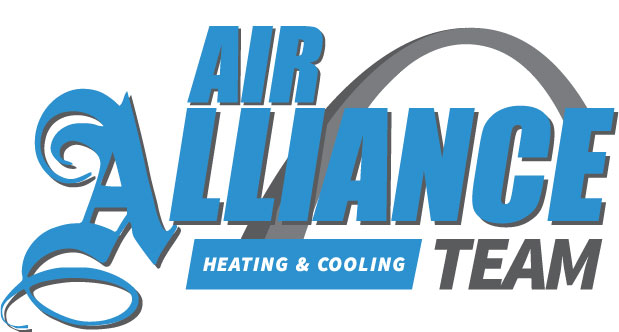
A furnace is often a background player at home, ensuring you're warm across the cold winter months. It frequently isn't noticed until something breaks down.
One cause may be that your furnace has a cracked heat exchanger. It can potentially be hazardous, so it’s critical to familiarize yourself with the signs of a cracked heat exchanger and what you can do if you suspect that might be the problem.
What Is a Heat Exchanger in a Furnace?
A heat exchanger helps move heat from the combustion chamber of your furnace to the air that circulates through the air ducts. It usually accomplishes this through coils or tubes that heat the air while serving as a barrier to keep byproducts produced in the combustion chamber, called flue gasses, from escaping out into your home.
Is a Cracked Heat Exchanger Dangerous?
Given its key role, it shouldn't come as a surprise that a cracked heat exchanger can be hazardous. A crack in the heat exchanger can permit dangerous gasses – including carbon monoxide, which can be lethal – to circulate throughout your home.
For obvious reasons, don't ever turn on your heater if you believe it has a cracked heat exchanger, as this could make the whole household ill. Reach out to an HVAC professional immediately if you believe your furnace has a cracked heat exchanger that needs repair.
Four Warning Signs of a Cracked Heat Exchanger:
- Furnace turns off: A cracked heat exchanger may cause your furnace to turn off.
- Unusual Smells: If the air coming out of your furnace has an intense chemical odor, it could be evidence gasses are seeping through cracks in your heat exchanger. These gasses, which will often smell like formaldehyde, are a common warning sign.
- Carbon monoxide alarm initiates or you notice health problems: If a cracked heat exchanger is relieving carbon monoxide in your home, your carbon monoxide alarm may go off or household members could struggle with signs of carbon monoxide poisoning. Symptoms include headaches, dizziness, weakness, nausea, vomiting or feeling drowsy. If the alarm goes off or you feel unusually tired, exit the home as soon as you can and then call for help.
- Soot: If you spot black sooty collecting on the exterior of your furnace, it’s more evidence something may be seriously wrong.
What You Can Do if a Furnace Heat Exchanger is Cracked
If you suspect your furnace has a cracked heat exchanger, call a pro experienced in furnace installation Ballwin and St. Charles right away so they can inspect your system and, if needed, perform a furnace heat exchanger replacement. Costs should vary depending on the situation, but estimates run in the neighborhood of $1,000 to $3,000.
Estimates aside, the good news is that heat exchangers are often included in the warranty. You’ll want to review the warranty paperwork on your furnace, since while the warranty might not cover the entire cost of repairs, it could significantly lower your bill.
How to Prevent a Cracked Heat Exchanger in Your Home
One of the easiest ways to minimize the risk of problems in your furnace overall is through consistent furnace maintenance. Furnaces work the best when they operate efficiently. Calling a trained professional to check your furnace for broken-down parts, clogged filters and other likely problems can help you avoid getting a big bill later on.
It’s also helpful to review your furnace filters every few months – it’s ideal some filters be changed every 90 days or sooner if they are dirty or grimy. While the filters are not part of the heat exchanger itself, the strain of drawing air through a clogged filter makes your entire furnace work longer to complete its job. And the harder your furnace has to work, the more strain components like the heat exchanger will endure.
